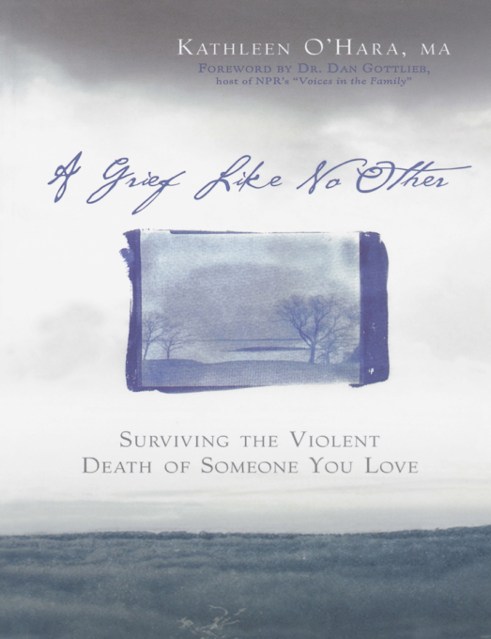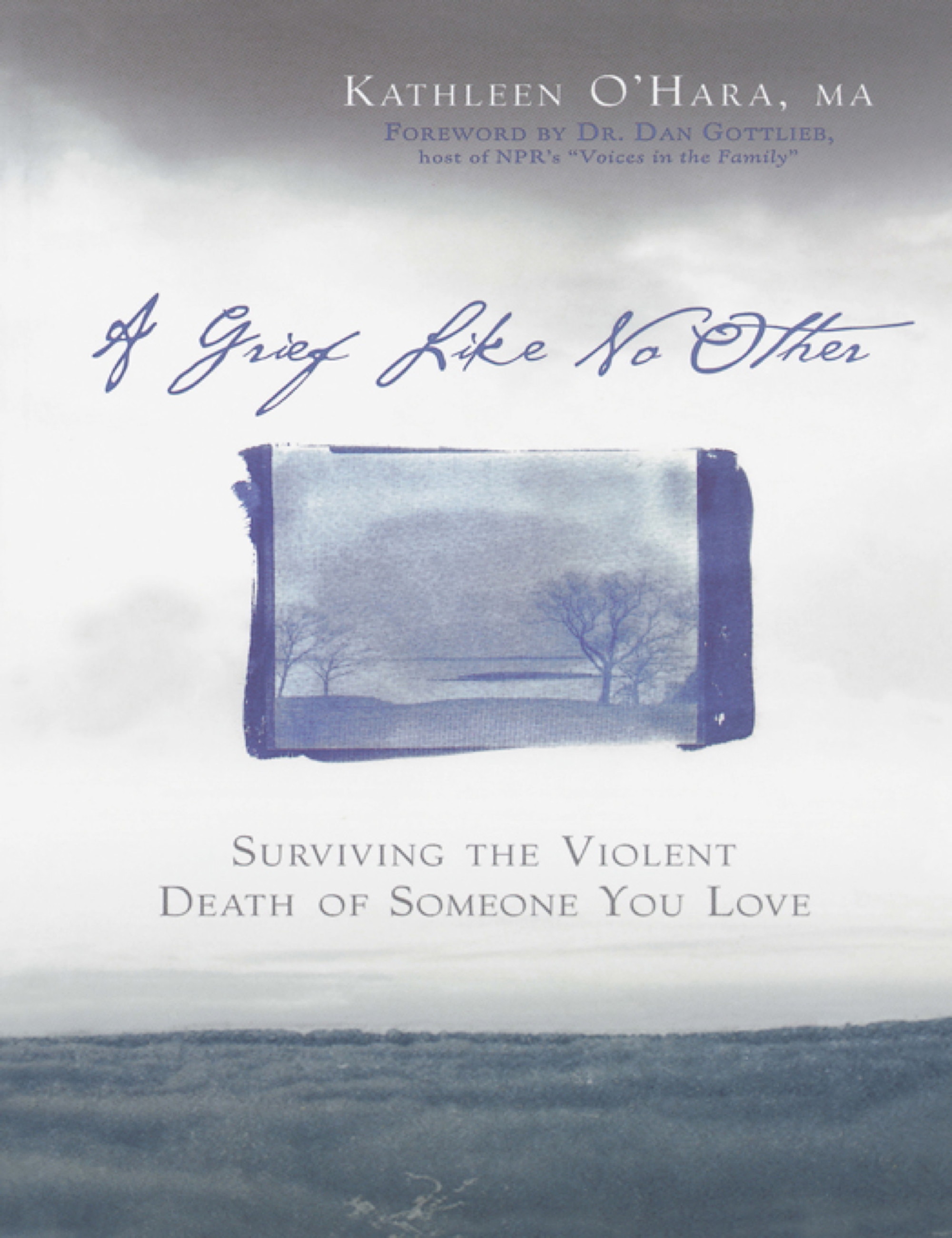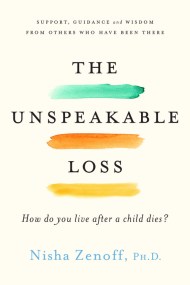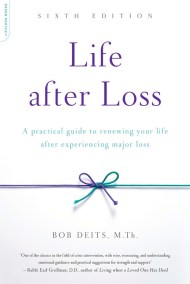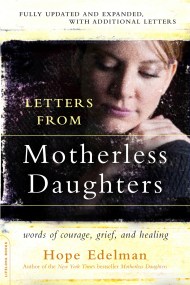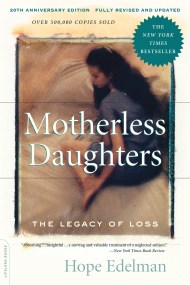Promotion
Use code MOM24 for 20% off site wide + free shipping over $45
A Grief Like No Other
Surviving the Violent Death of Someone You Love
Contributors
Foreword by Dr. Dan Gottlieb
Formats and Prices
Price
$9.99Price
$12.99 CADFormat
Format:
- ebook $9.99 $12.99 CAD
- Trade Paperback $19.99 $25.99 CAD
This item is a preorder. Your payment method will be charged immediately, and the product is expected to ship on or around March 25, 2009. This date is subject to change due to shipping delays beyond our control.
Also available from:
A Grief Like No Other is the book no one wants to ever have to buy; sadly, many people continue to need it. From 9/11 to Cindy Sheehan’s son – from mass tragedies like the recent London bombings to Law and Order type crimes that make the news only to be replaced by another name. As such, more people are left with the aftermath of dealing with the violent death of a loved one. It brings its own special brand of grieving since victim’s families can spend years dealing with legal ramifications, guilt, and a myriad of other circumstances that don’t accompany “normal” deaths. Kathleen O’Hara knows both sides of this coin. As a therapist, she has counseled hundreds of people dealing with grief. As a mother, she saw her worst fears realized when her college-aged son was brutally murdered in 1999. In the aftermath of Aaron’s murder, O’Hara developed the seven stage journey that is at the heart of A Grief Like No Other. Although this is a book for those left behind in the aftermath of violence, it offers concrete and practical steps and stages, allowing family and friends safe passage through this incredibly harrowing journey.
Genre:
- On Sale
- Mar 25, 2009
- Page Count
- 256 pages
- Publisher
- Da Capo Lifelong Books
- ISBN-13
- 9780786736416
Newsletter Signup
By clicking ‘Sign Up,’ I acknowledge that I have read and agree to Hachette Book Group’s Privacy Policy and Terms of Use
